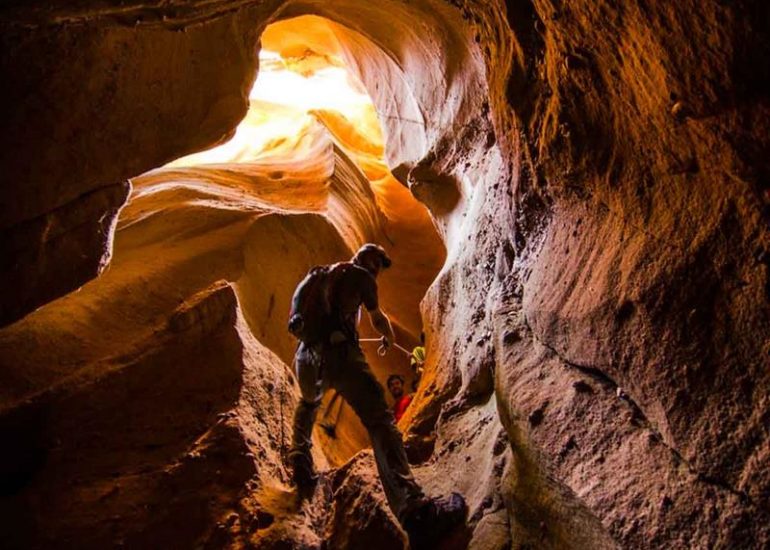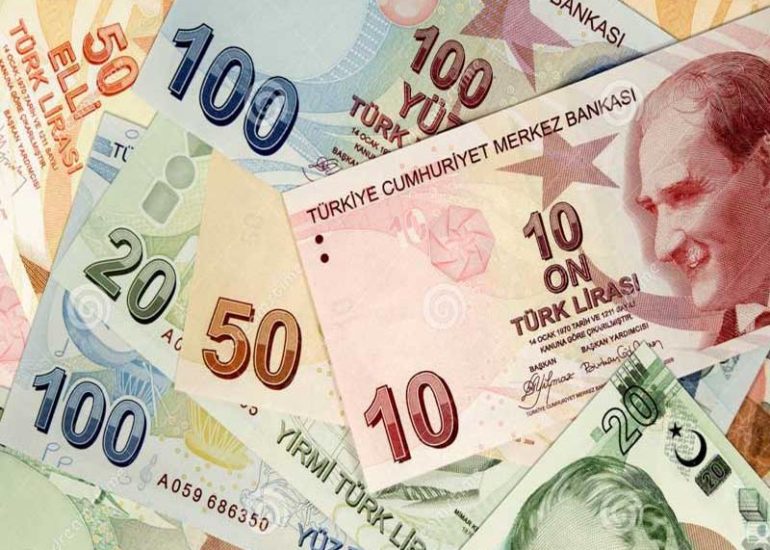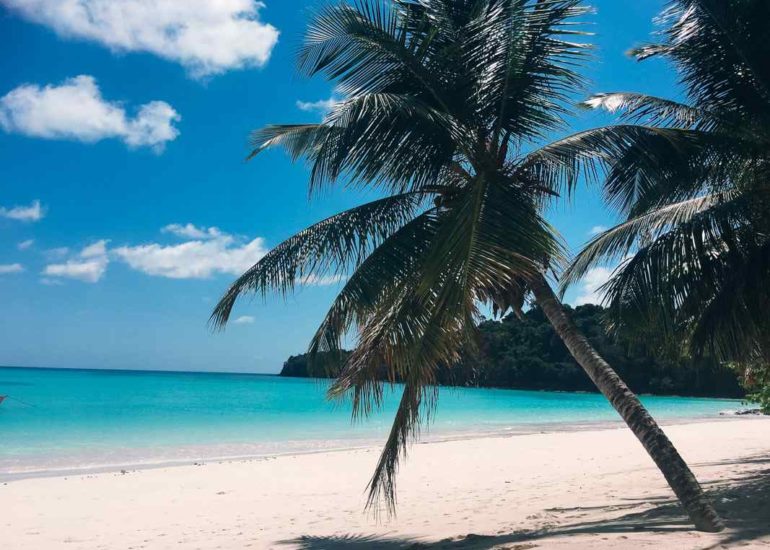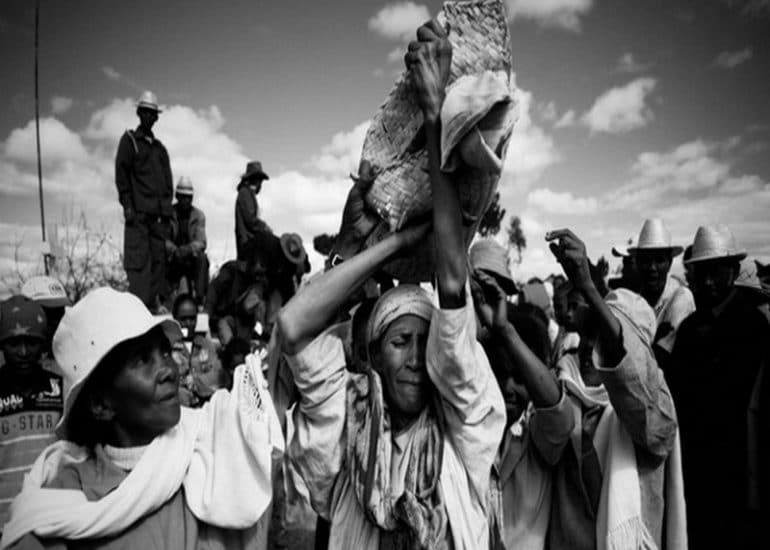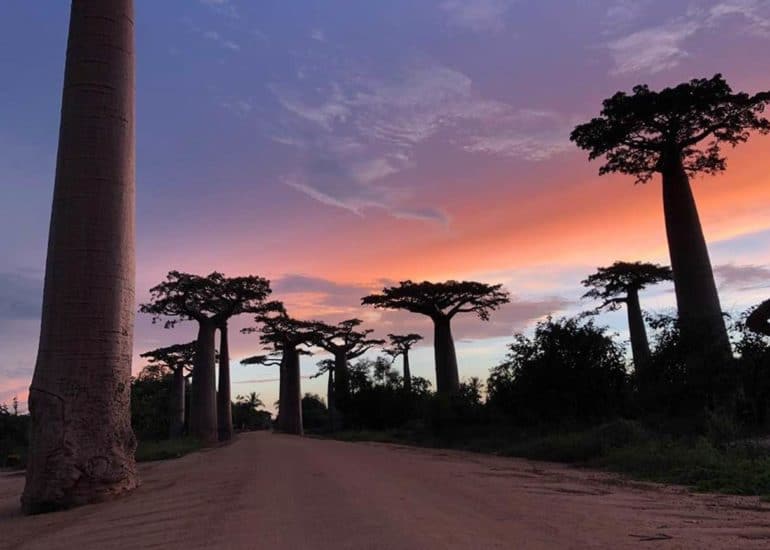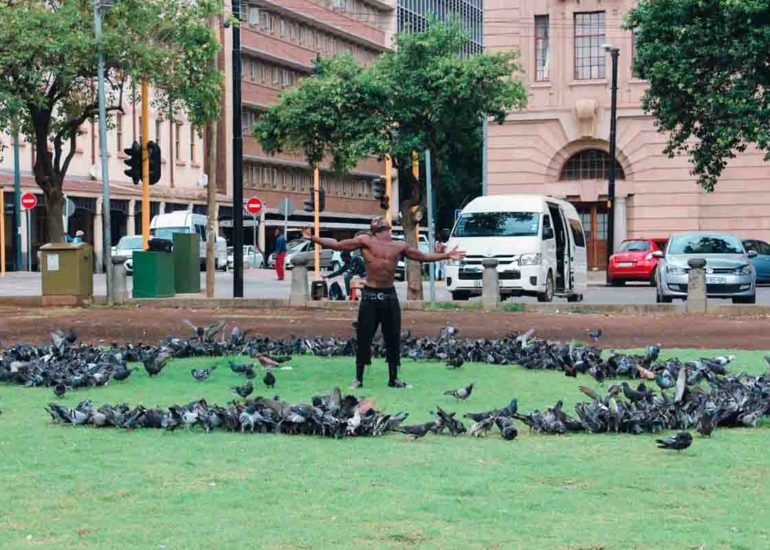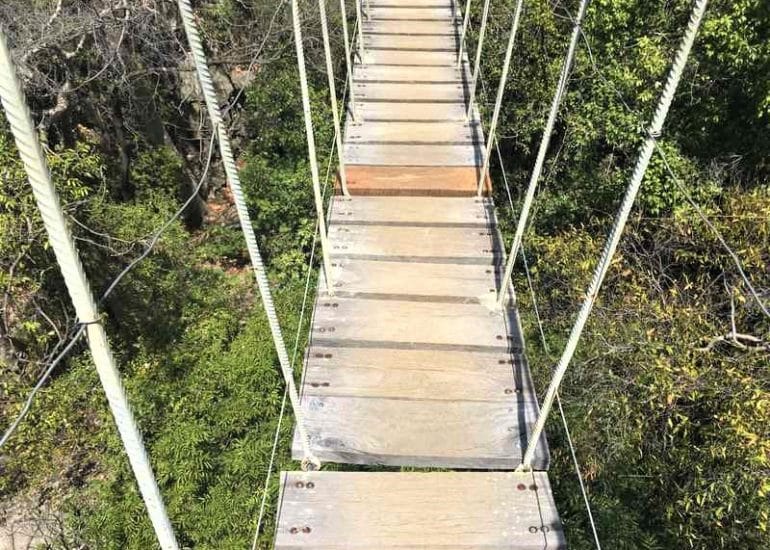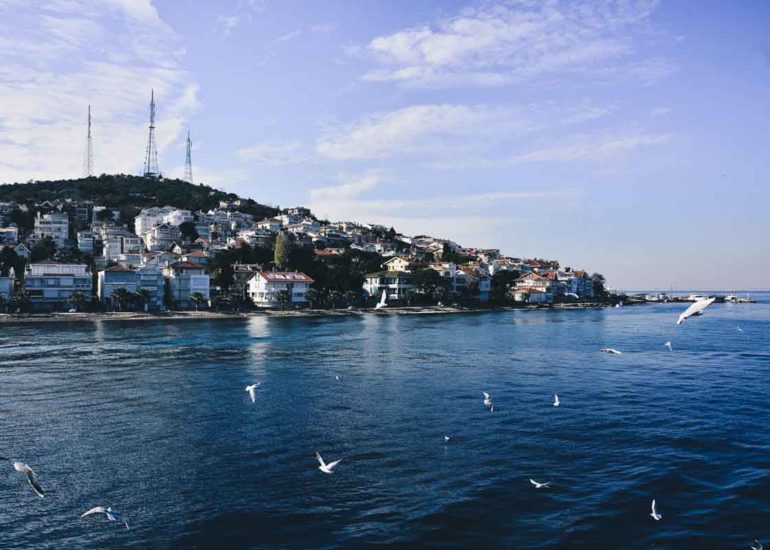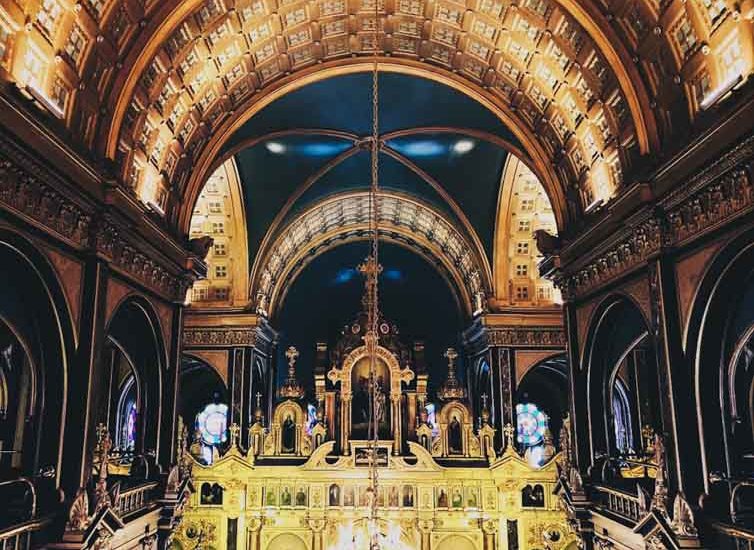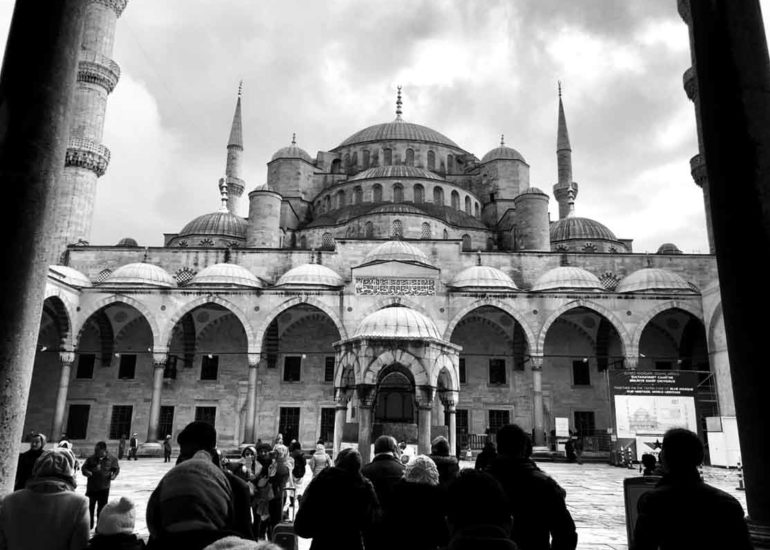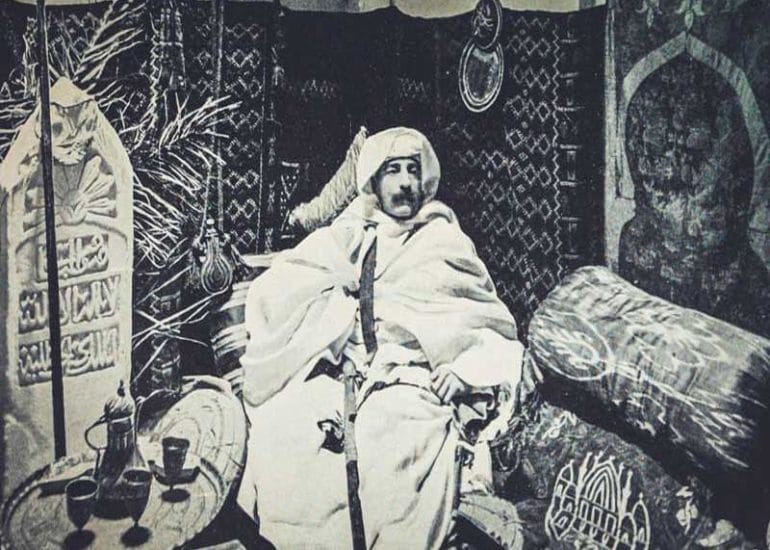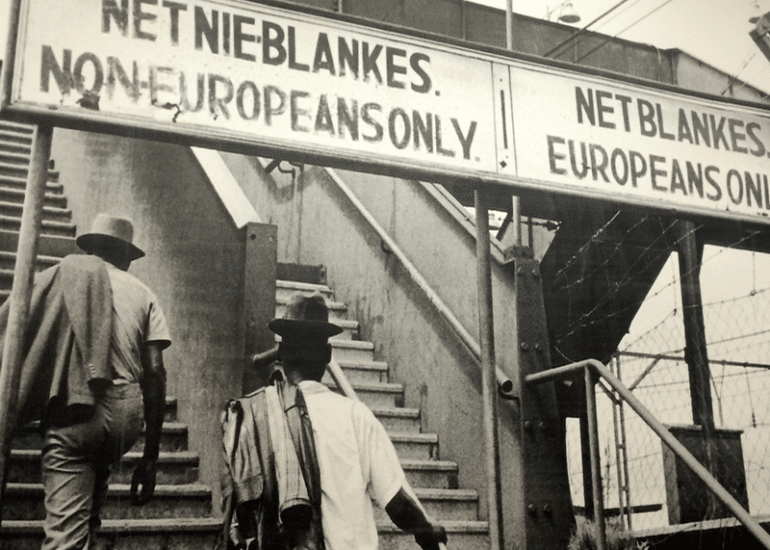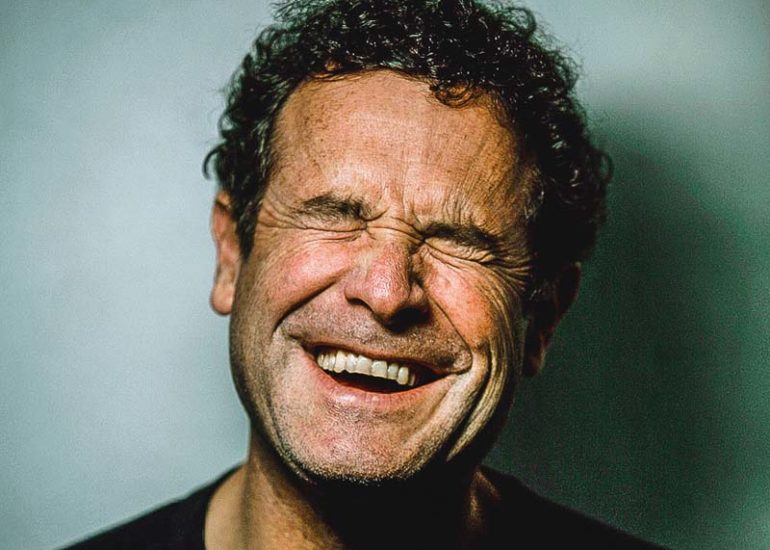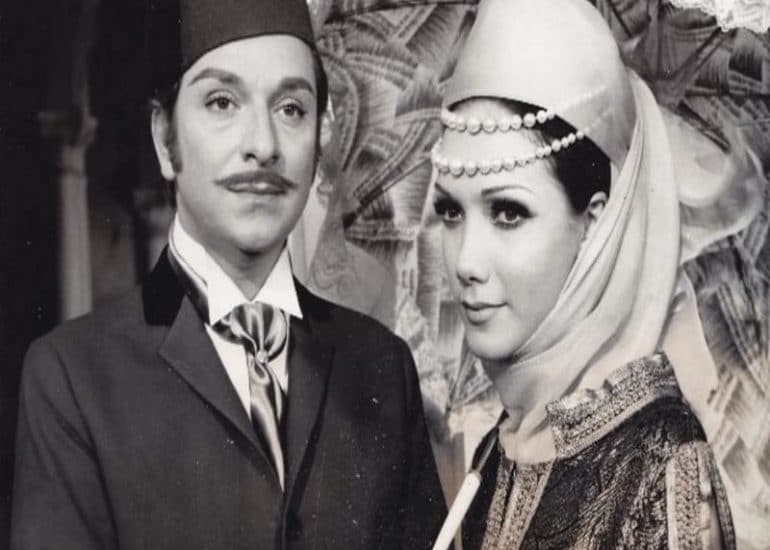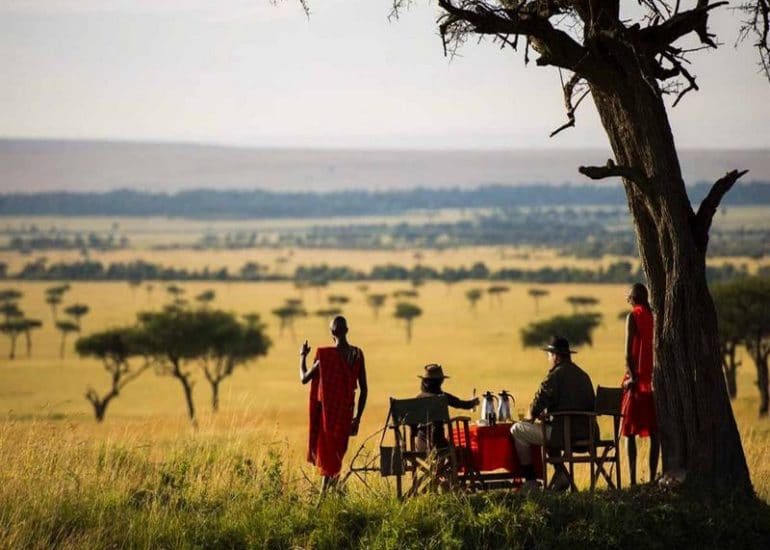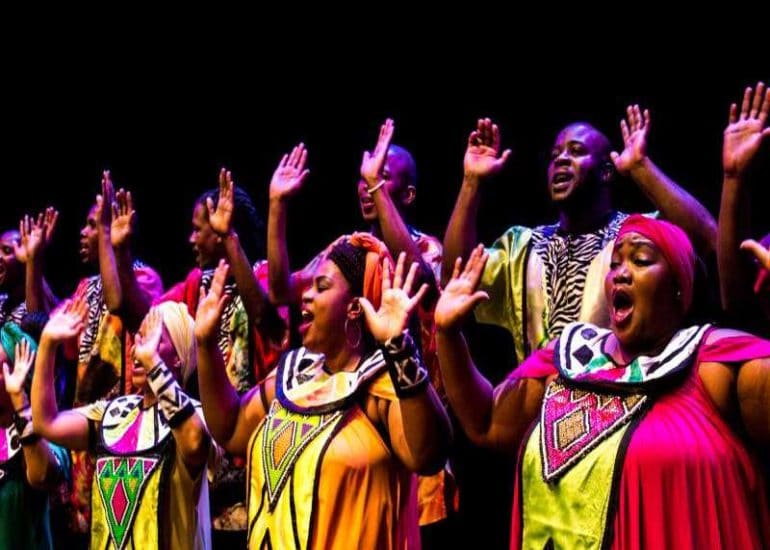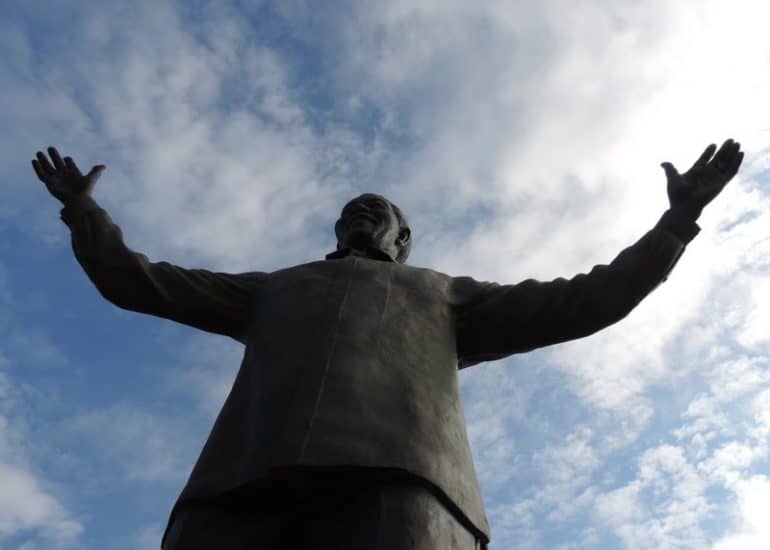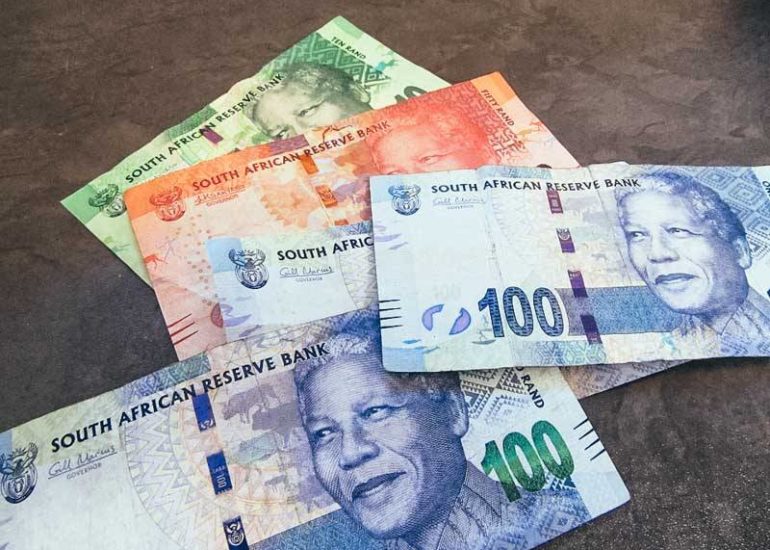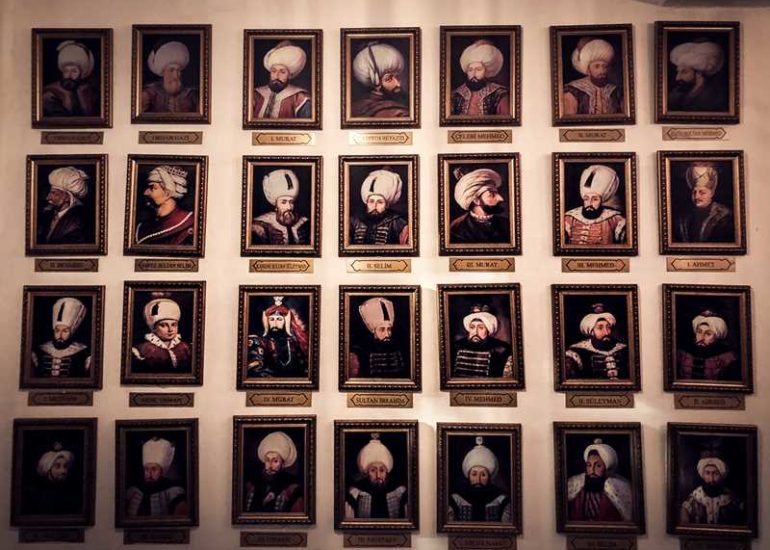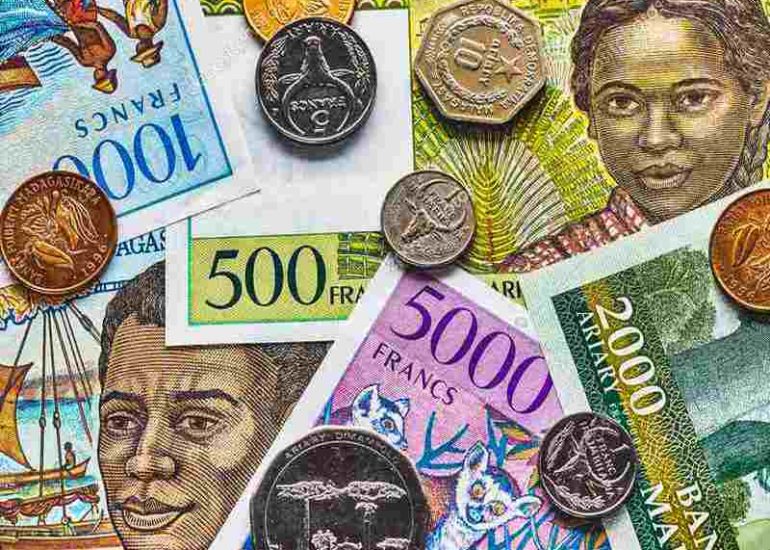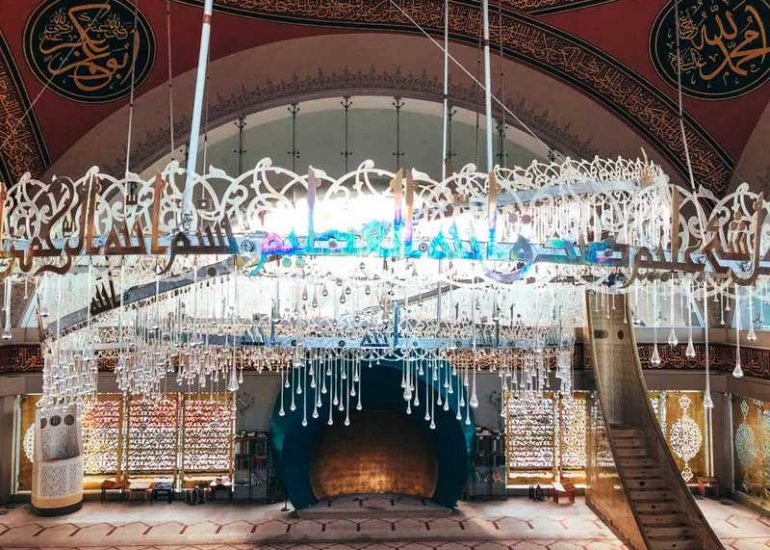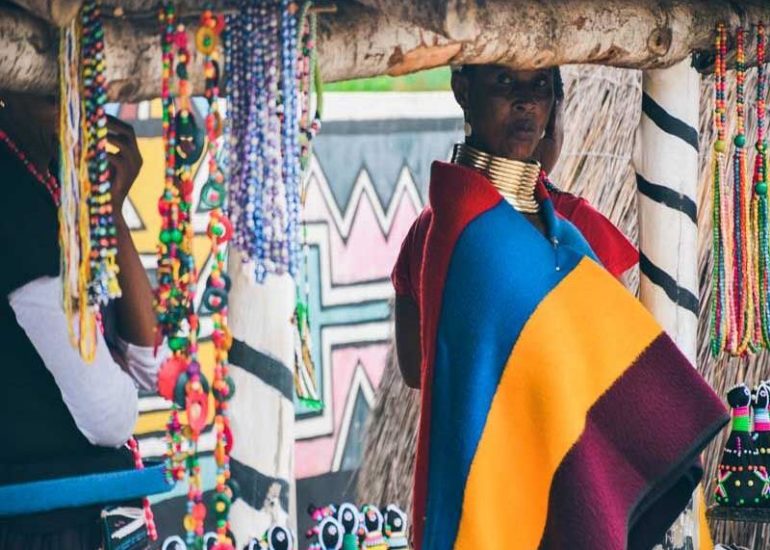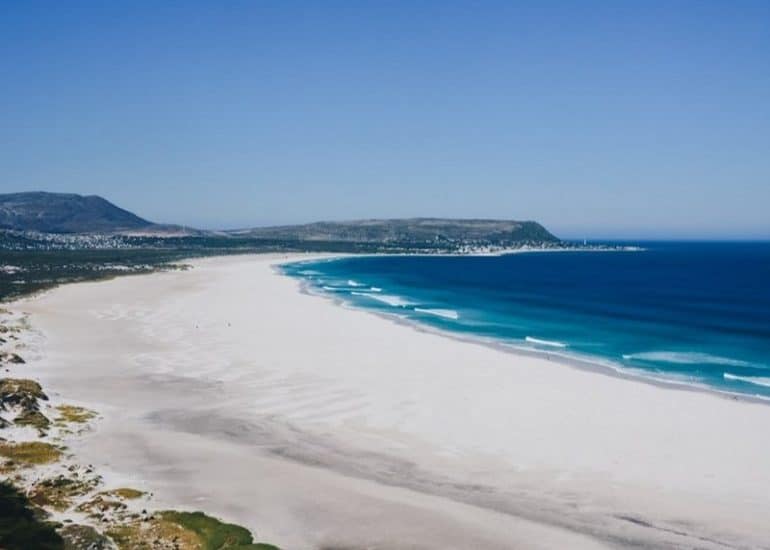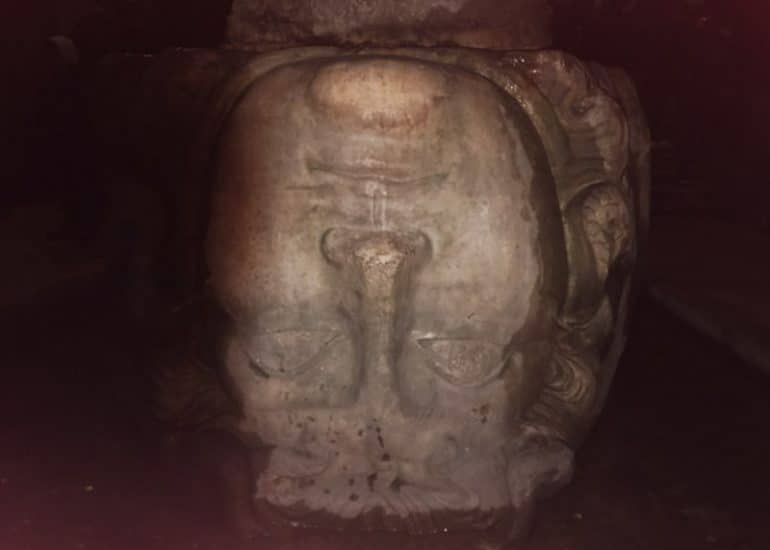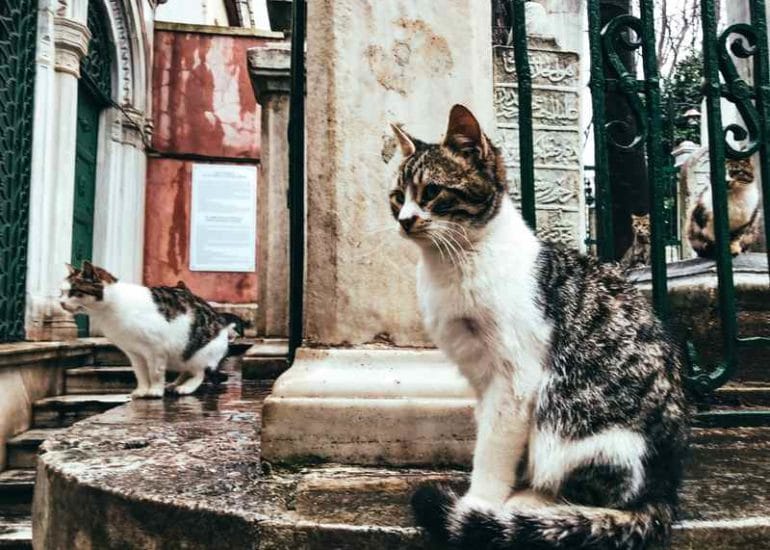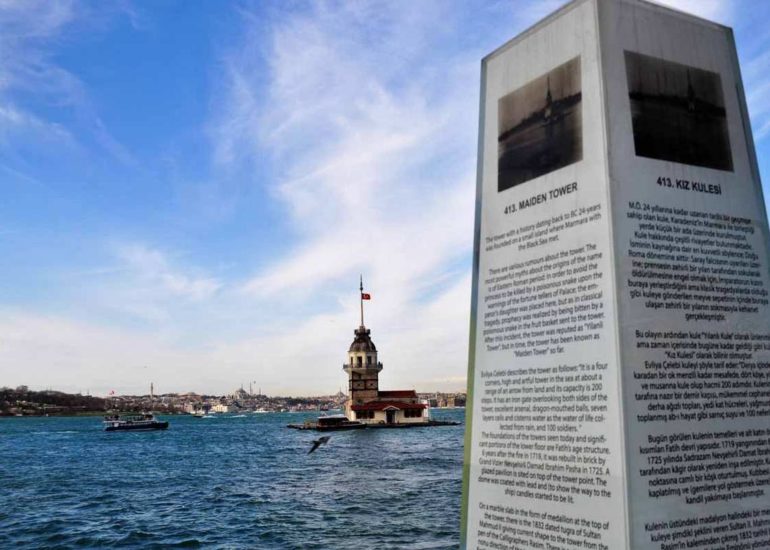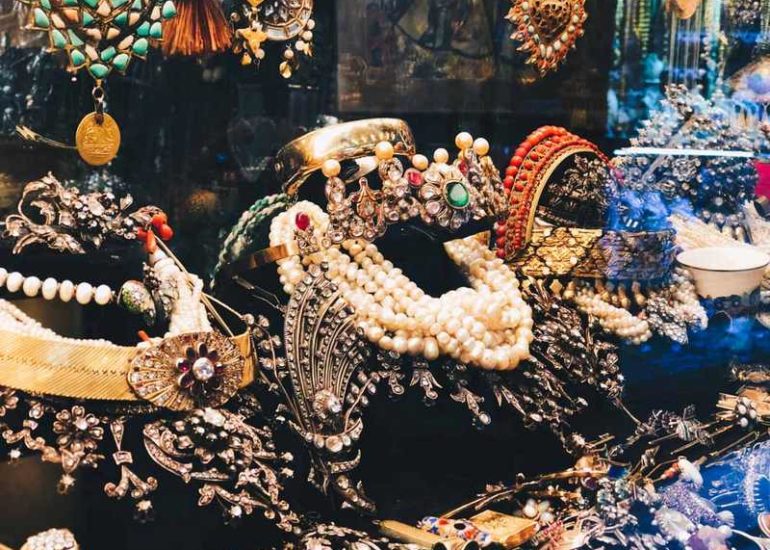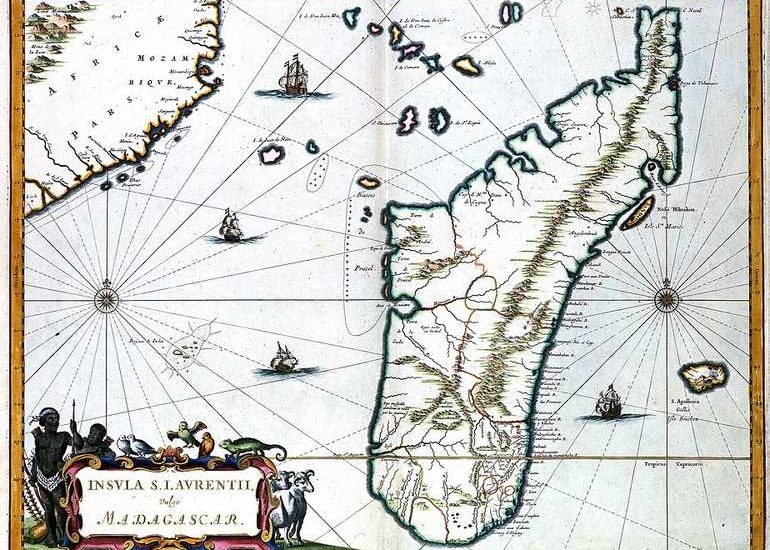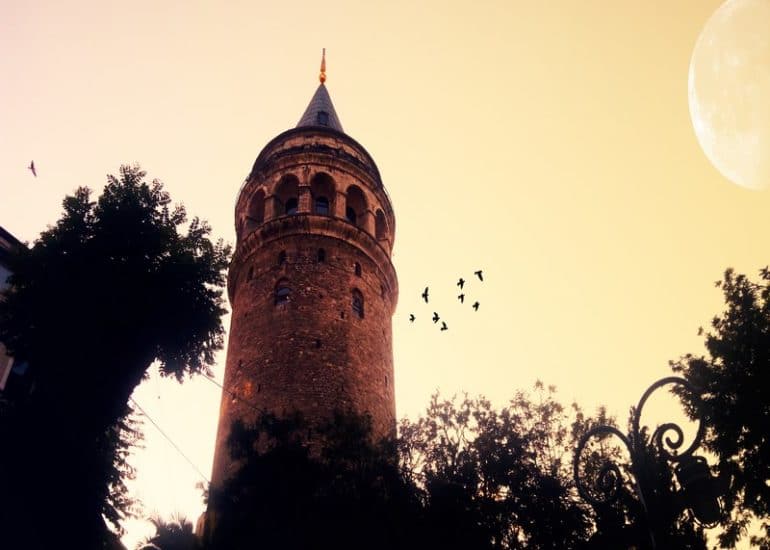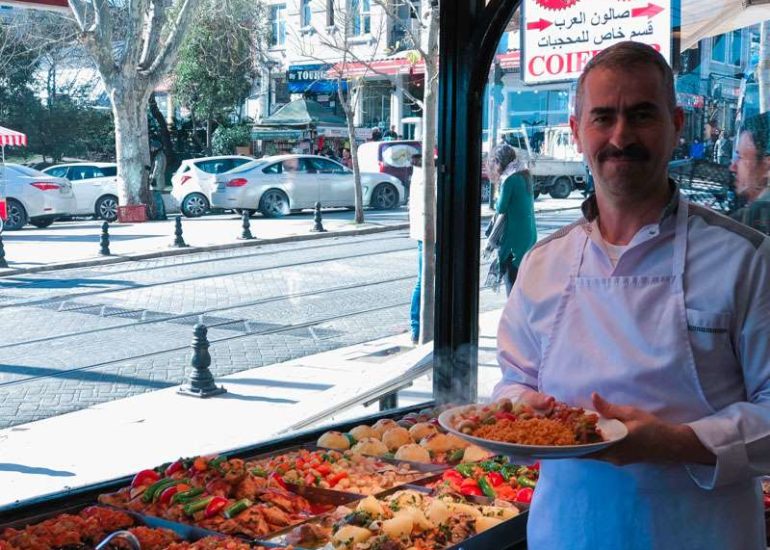Province of Gauteng
Immersion into the heart of Mandela and Johnny Clegg's Africa, vibrant, revolted, authentic, tribal.
The heart of the fight.
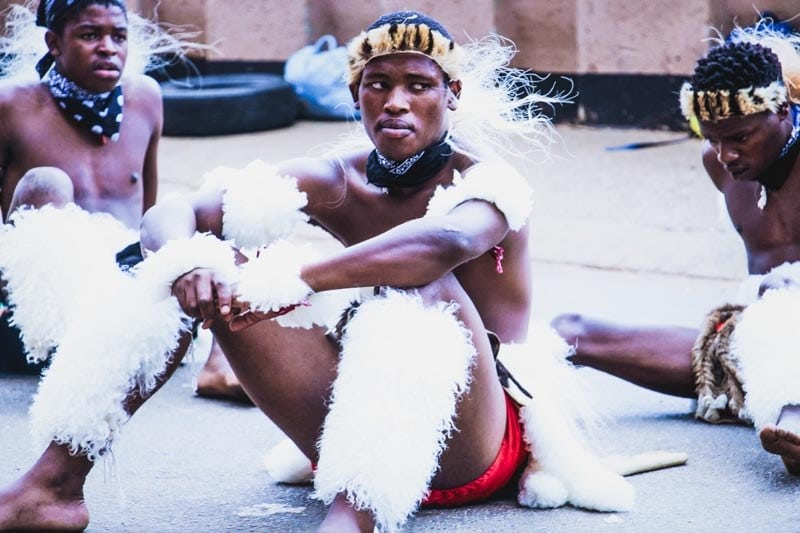
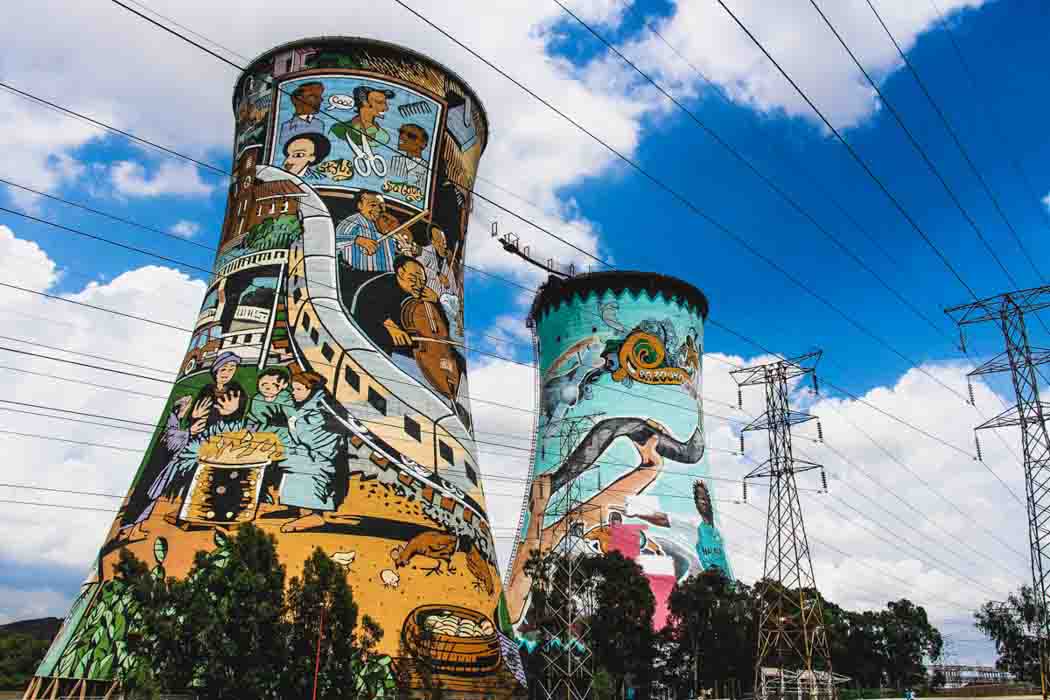
Johannesburg
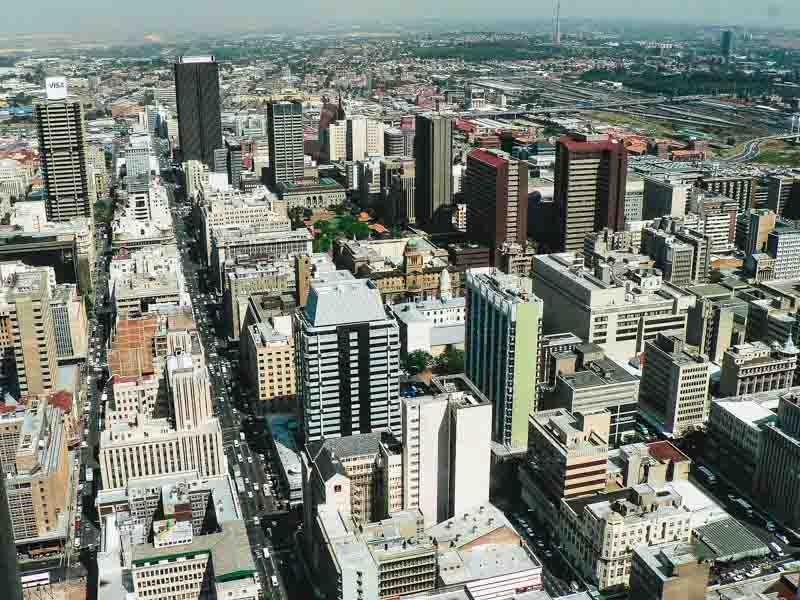
The economic capital. Probably Johnny Clegg’s crazy, cruel, beautiful world. Even if we forget its record crime rate, the big city has few tourist attractions, except the Museum of Apartheid, which traces the great hours of the struggle of South African blacks.
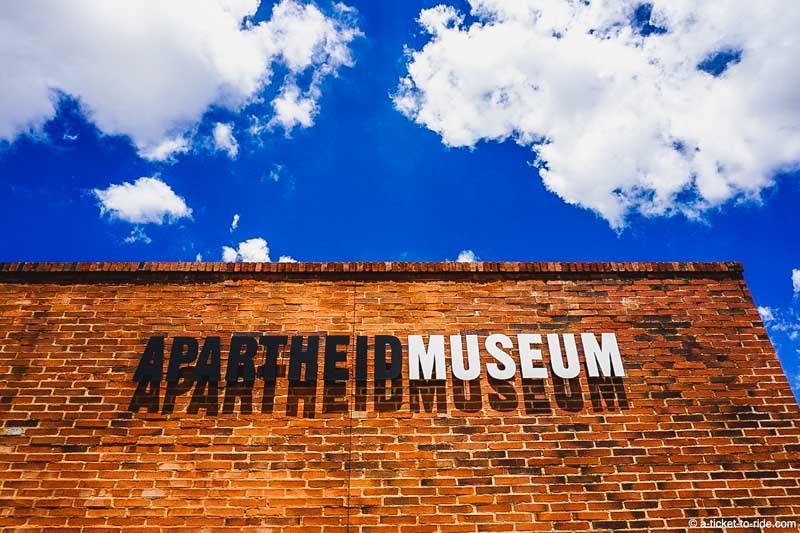
A difficult visit, made to put oneself in the shoes of a white or a black south African, in the time of apartheid, with its distinctive entrances according to the color of the skin. A necessary malaise to contextualize your visit.
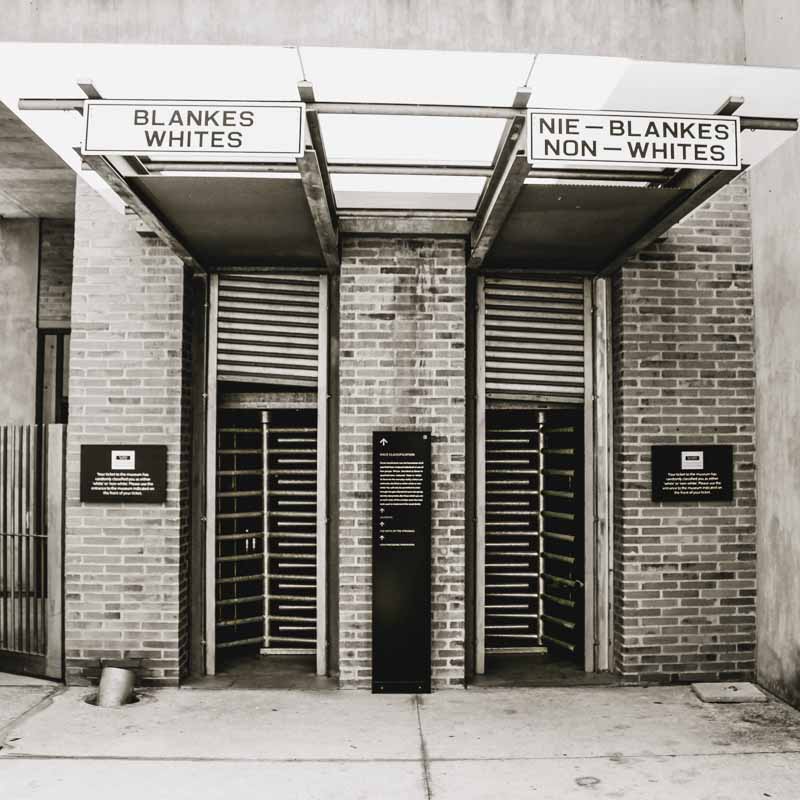
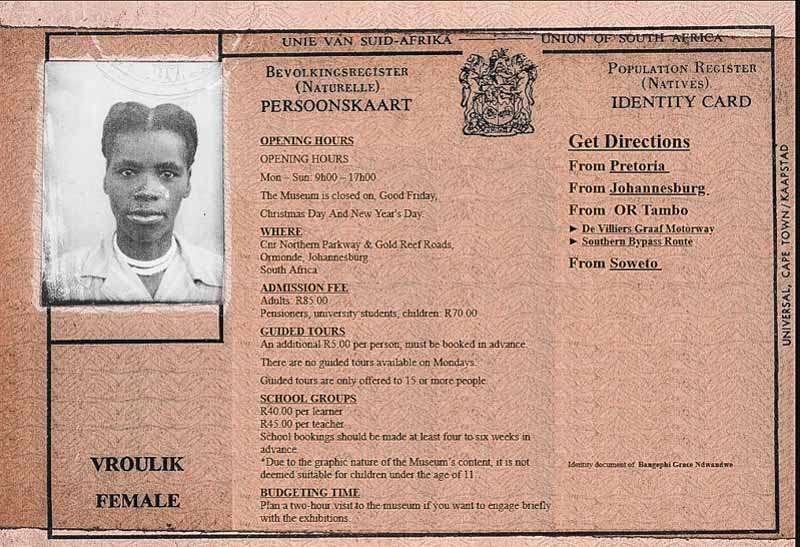
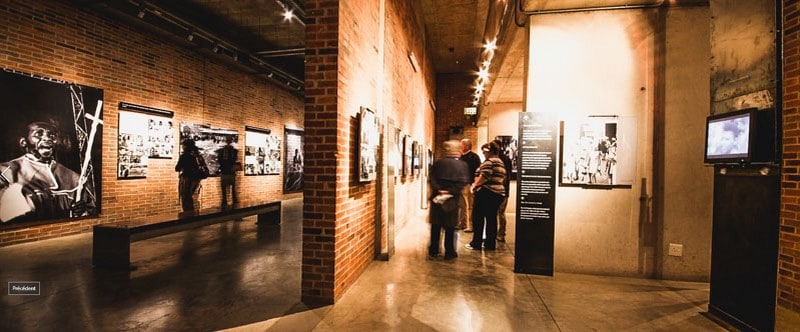
Address. Apartheid Museum, Northern Park Way and Gold Reef Rd, Johannesburg, 200
To learn more about the apartheid, go here.
Soweto, Mandela’s Africa, the heart of the struggle
Unlike Joburg, Soweto, in the western suburbs of the city, retains a particular authenticity.
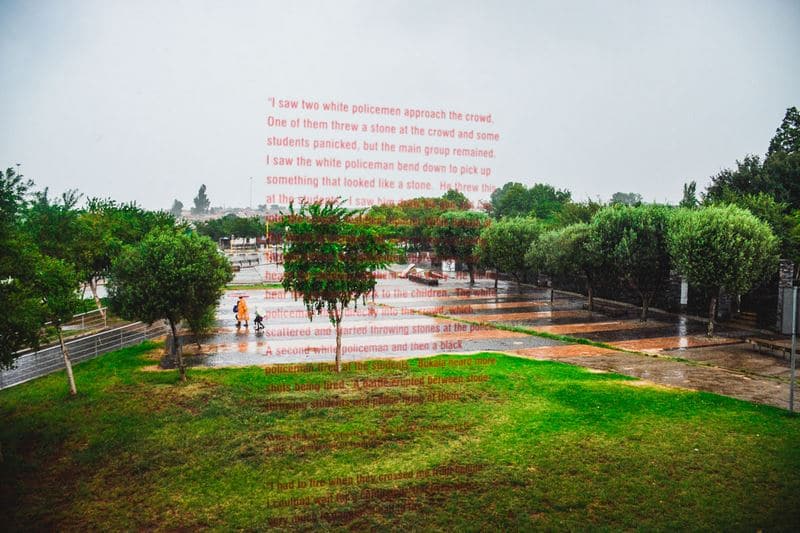
Joburg’s South West Township was established in 1951 to “ park ” the black population. Two Nobel Peace Prize winners lived there : Desmond Tutu and Mandela.
This is where the fight begins…
Huts in sheet metal side by side brick houses, and beautiful cars.
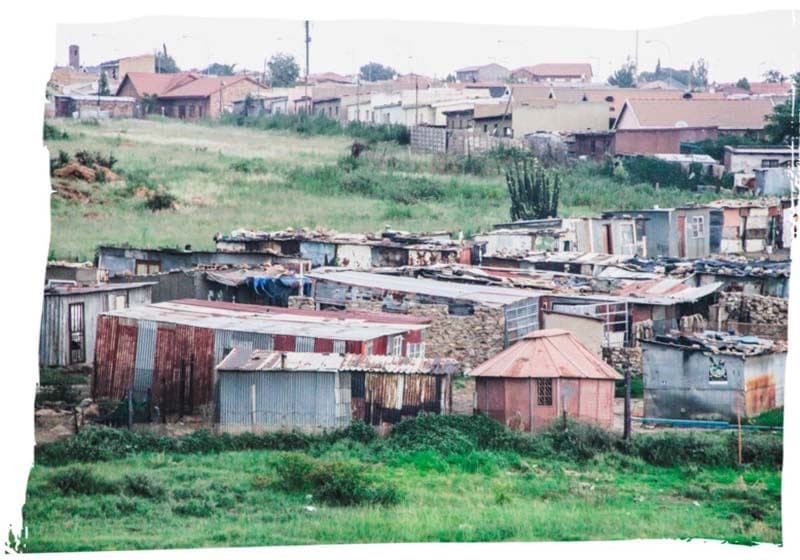
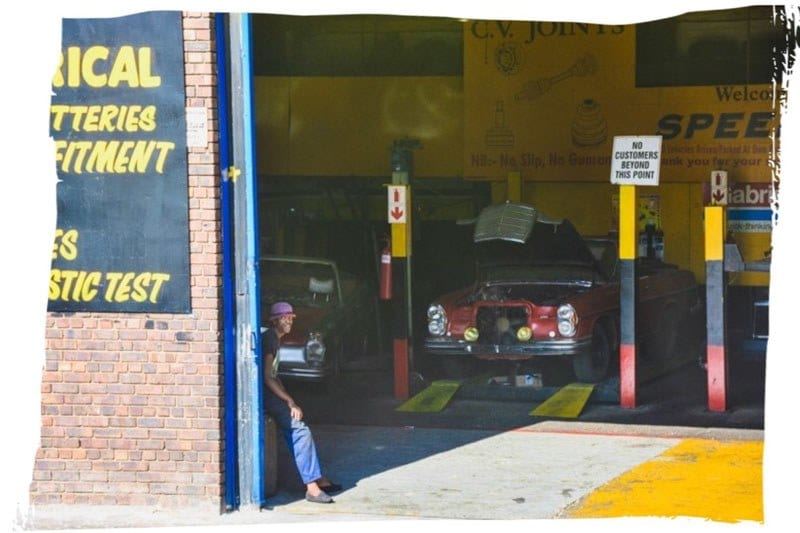
Kingdom of coloured sheet metal, the city has a particular aesthetic.
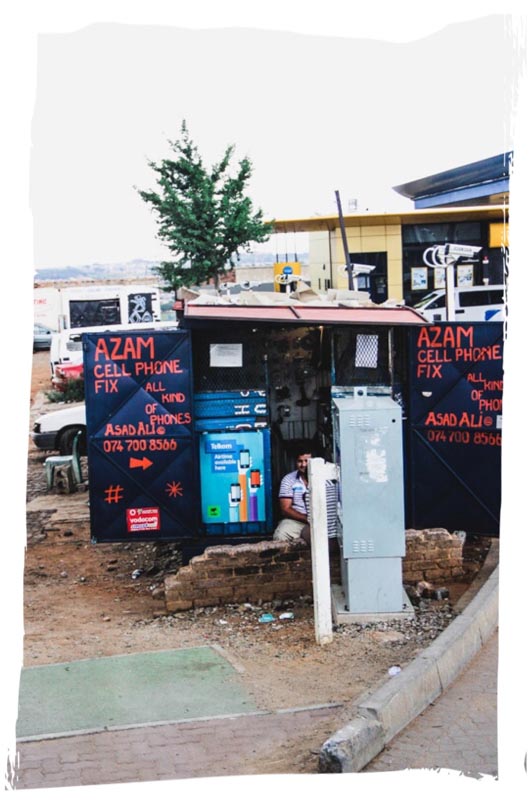
Even though I wouldn't have walked there alone in the evening, I appreciated being closer to this South Africa, more “African”, more vibrant, finally.
The impression of arriving at the destination.
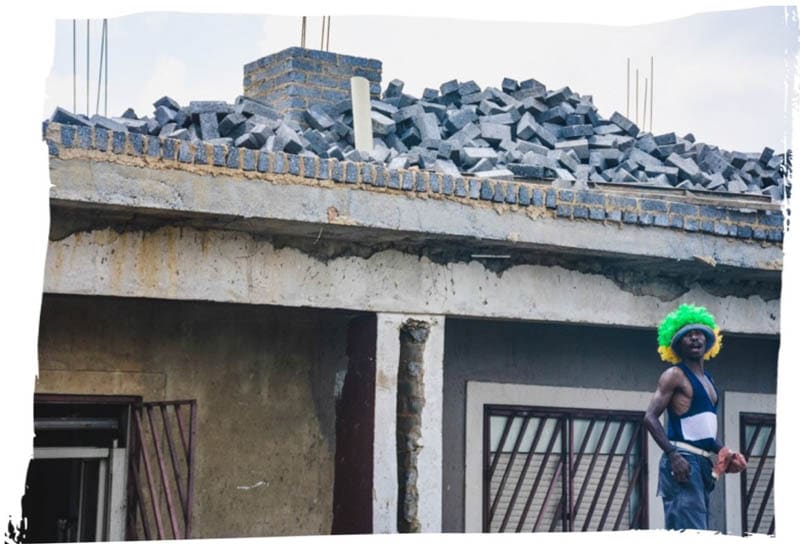
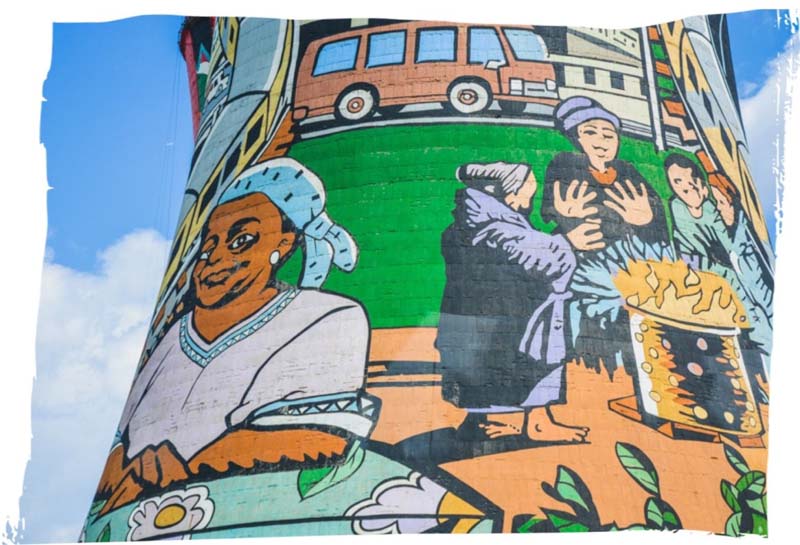


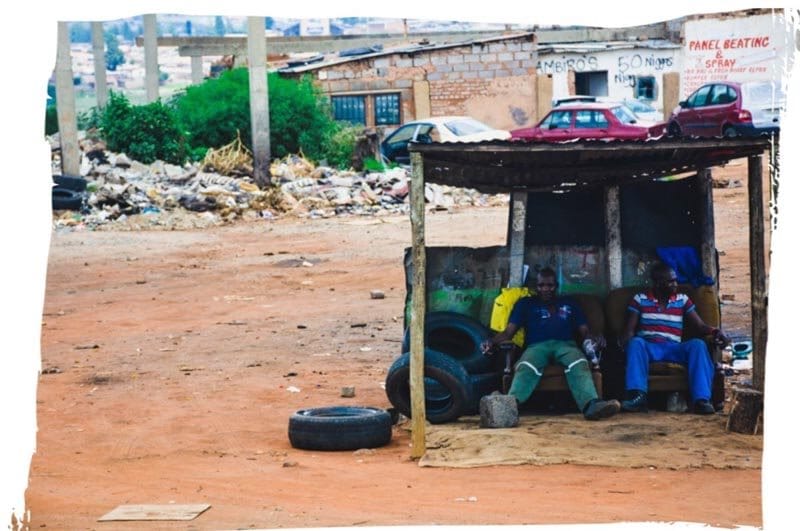
Poverty yes, but also smiles, colors, vibrance.

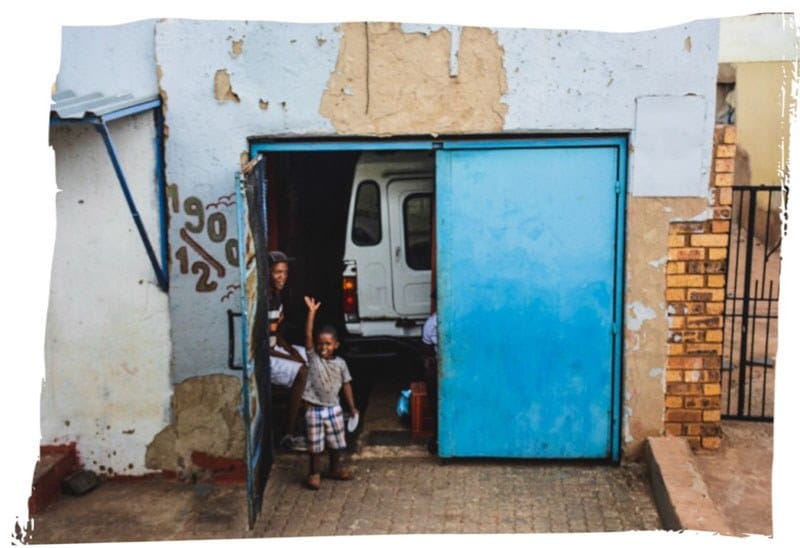
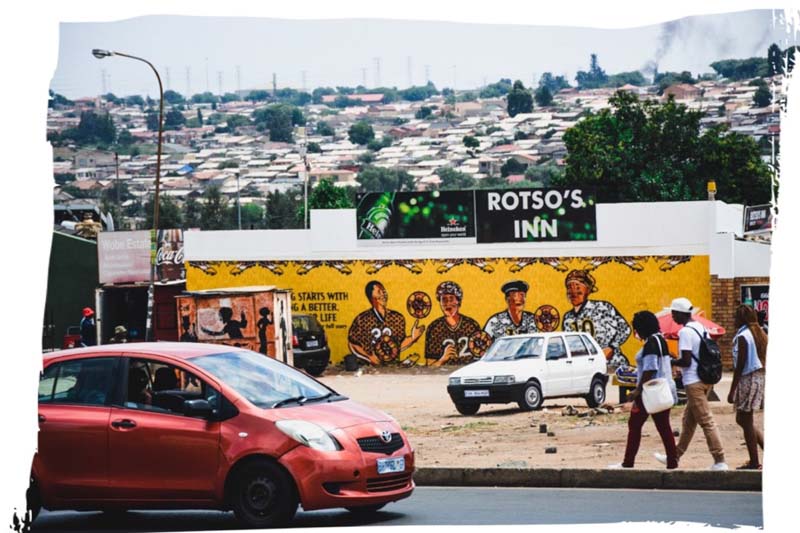

The Orlando Towers, cooling towers of the power plant, are now used by extreme sports fans (bungee jumping, ziplining).
Much has happened in Soweto, souls have suffered, rebelled, battles have been fought.
There is strength, energy and above all a memory, thanks to the Hector Pieterson Museum, which places the visitor in the real context of the country.
Hector Pieterson Museum, to understand the pain of the township
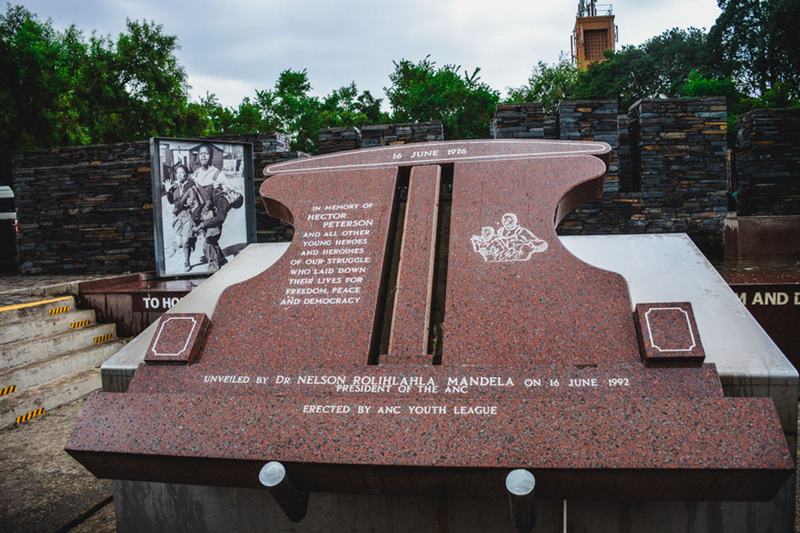
Soweto, home to the Mandelas (Winnie continued to live there after her husband’s arrest), was the bustling heart of the oppressed black population. The scene of many riots, the township rebelled at the rate of the injustices.
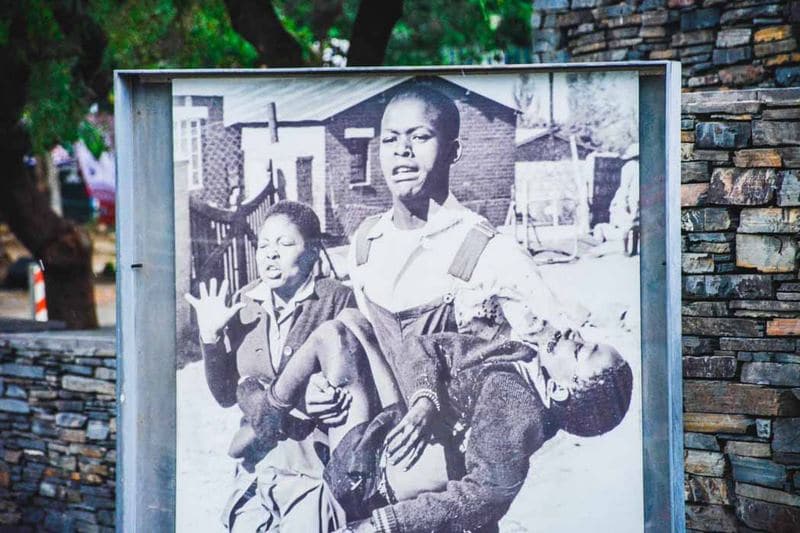
June 16th 1976.
The government decided to impose the Afrikans language on township students. After the disastrous academic results of the first semester, 10,000 students and schoolchildren in Soweto decided to protest by marching down the street, chanting slogans and throwing books. Angry kids defending their future and their education, but not imagining the government’s bloody reply : 566 people were killed, including the 12-year-old Hector Pieterson, who was with his sister. His photo will travel around the world and become a symbol of anti-apartheid repression. The world is outraged but the regime holds on, supported by the United States which sees in it a bulwark against communism in Africa.
Since that day there was no peace in Soweto. The next day we burned everything that belonged to the apartheid government and we didn’t go to school of the year. It has spread from Soweto to Cape Town, all over South Africa
It will take another 15 years for it to be abolished.
Following this event, Nelson Mandela, who was then imprisoned on Robben Island, was placed in solitary confinement without being able to obtain information.
The Hector Pieterson Museum in Soweto, inaugurated in 2002 by Mandela on the anniversary of the death of little Hector, recounts the events.
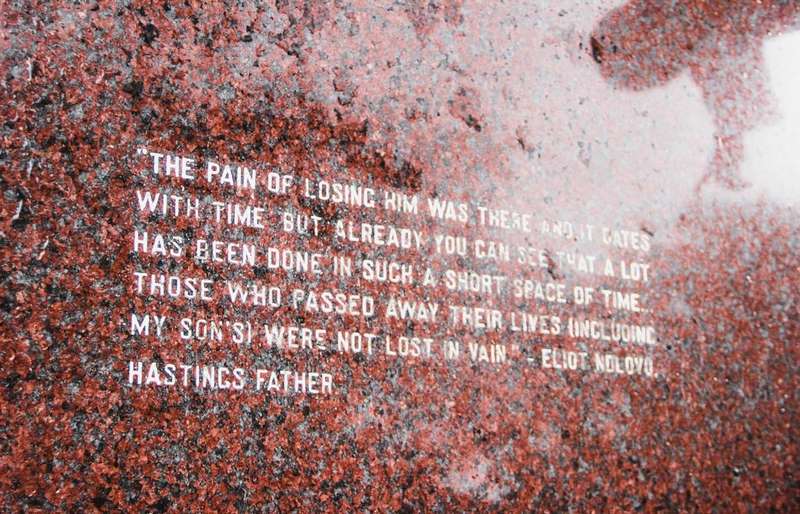
Address. Hector Pieterson Museum. 8287 Khumalo Rd, Orlando West, Johannesburg, 1804
The shebeens, authentic and friendly
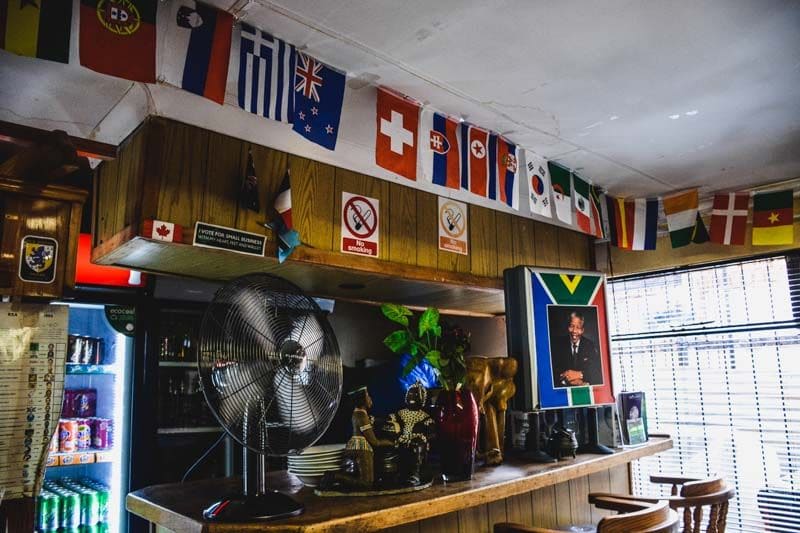
Soweto is the ideal place to immerse yourself in the atmosphere of the shebeen, these township bars where music, dance, as well as dissent and ideas vibrated.
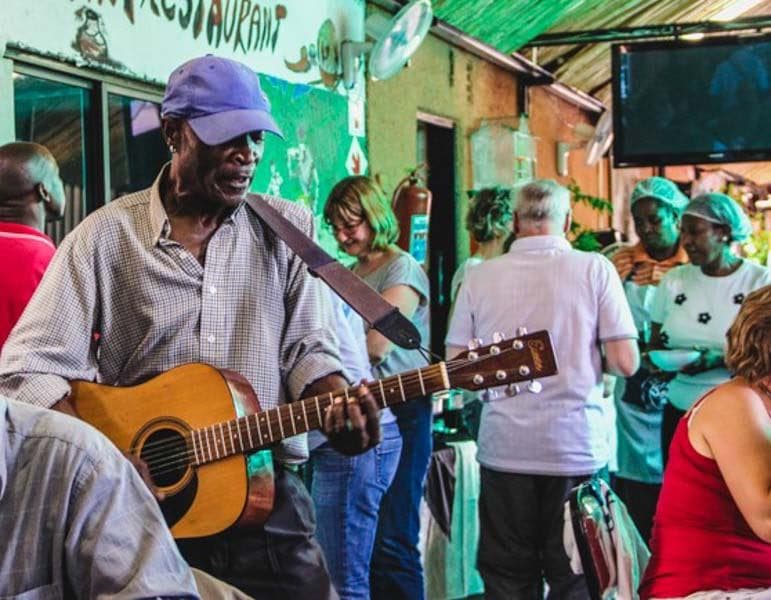
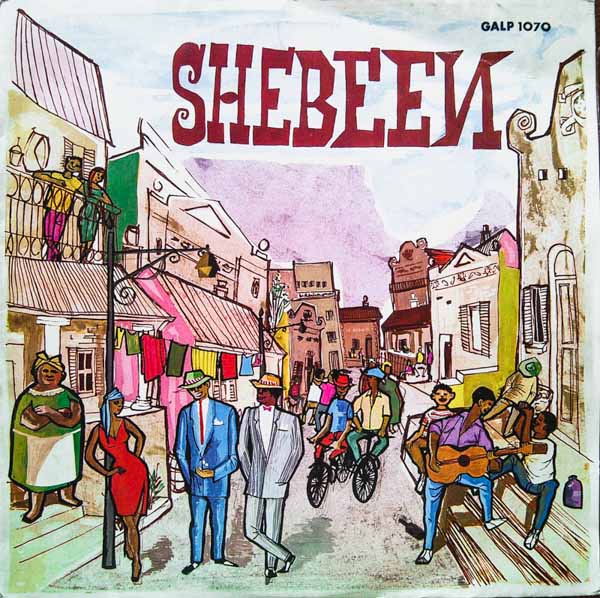
During apartheid these illegal bars (the word comes from the Irish " síbín " meaning " illegal whisky ") selling homemade alcohol in the kitchen of the boss, the " shebeen queen ", were the only places of conviviality accessible to the black population, the other bars being reserved for Europeans.
They naturally became the headquarters of anti-apartheid activists, and South African Black artists. Place of living culture, of communities, of ideas, where lived (or tried to survive) the identities, despite the prohibitions. As soon as the police arrived, they magically turned into a private lounge. And if they were closed, they would reopen in the process.

Soweto’s most famous shebeen is Alina's one, an energetic woman who started her own business. She obviously plays the tourist game, but frankly so much the better, because the zulu dance show in front of the restaurant is so great. The dancers – young and old, men and women – give everything of themselves in their sometimes acrobatic and so powerful choreography.
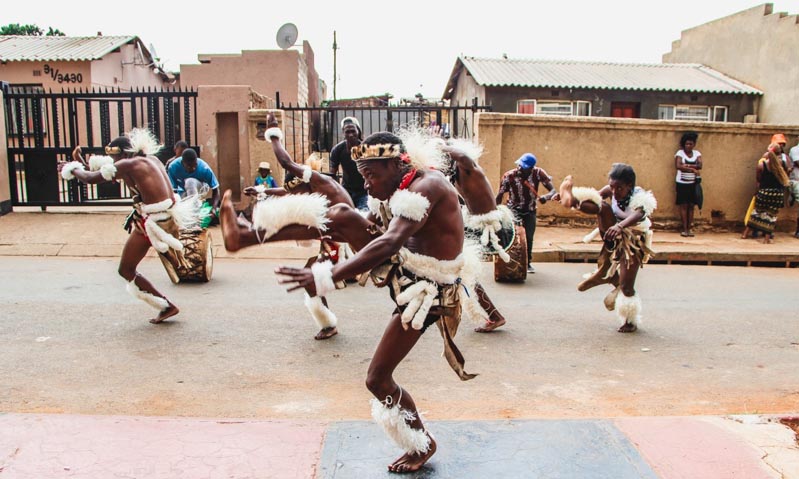

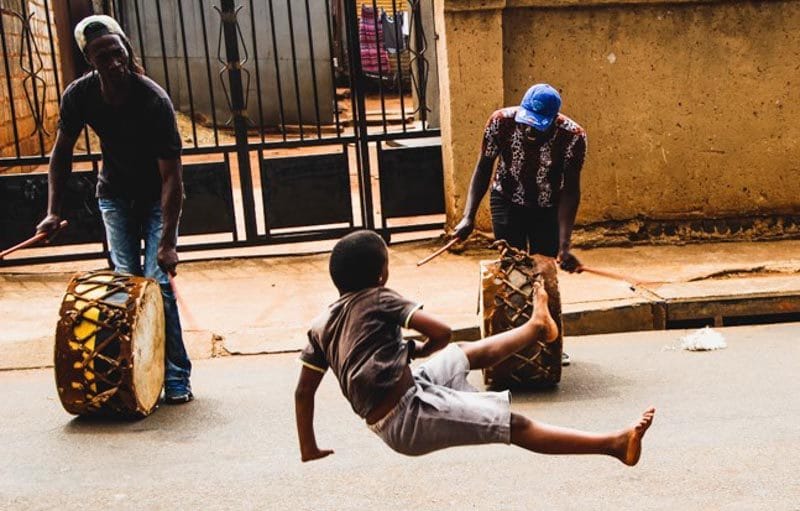

In the end, we sings on the floor; on the conclusion of the choreography. It also means death. We don’t know who died : the dancer or the enemy symbolized by the fall ? All we know is that death is present at the end of this struggle. And that all the dancers fall back.
Johnny Clegg
Nice food there, sitting at large convivial tables, between posters of Mandela and colorful tags on the wall.
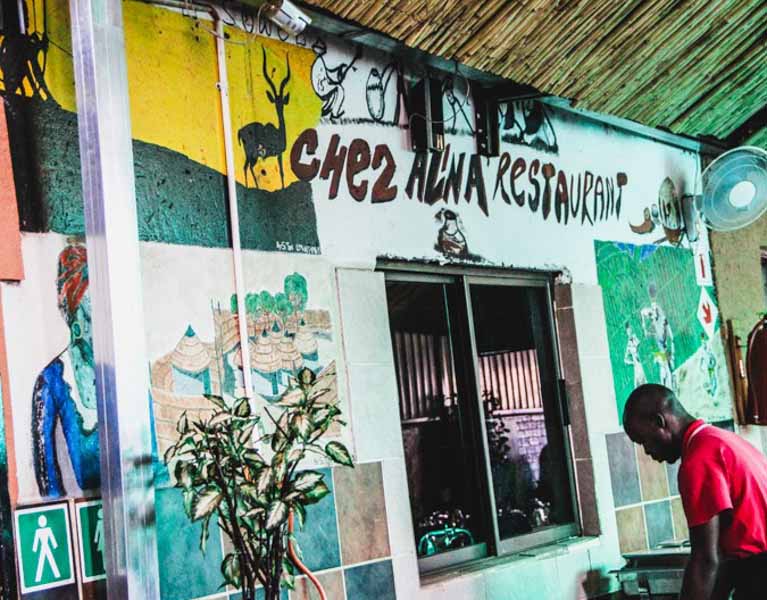
Where ? Chez Alina : 3373 Masemola Street | Dobsonville, Soweto
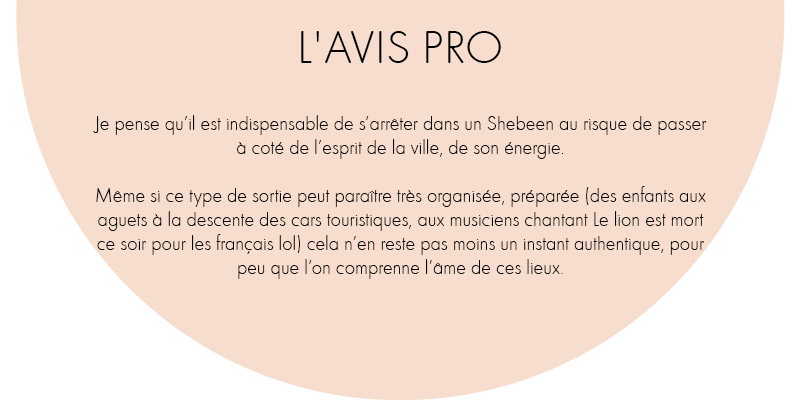
Mandela House
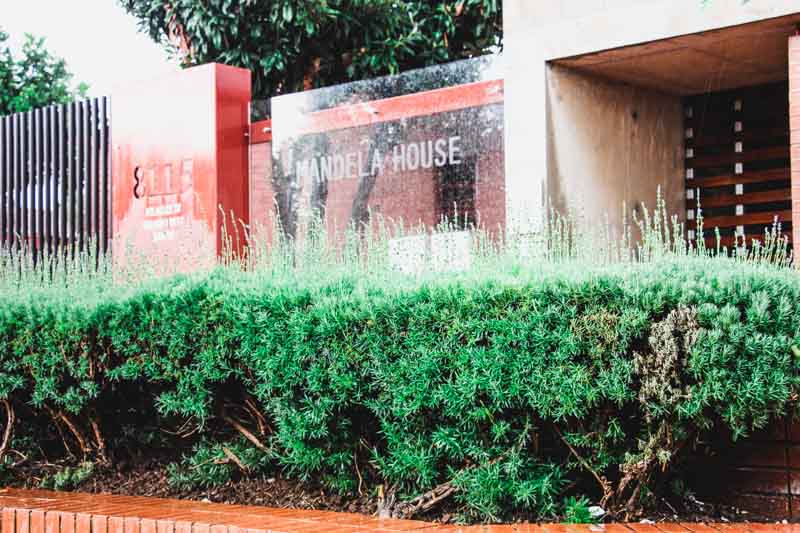
The Mandela family lived there for 16 years, from 1946 – two years after apartheid was instituted – to 1962, when he was arrested for trial in Pretoria.
The modest house became a museum in 1977.
It was the opposite of great, but it was my first real home and I was very proud. A man is not a man until he has his house.
Mandela.
The Soweto Gospel Choir
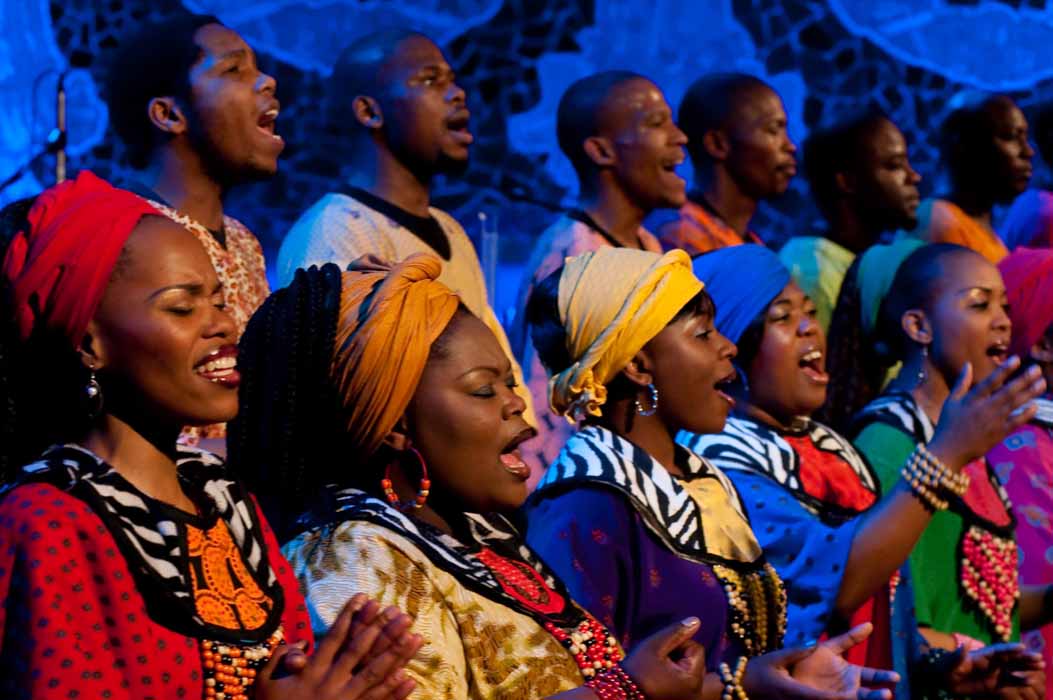
Soweto has a magnificent choir of 26 artists who have collaborated with many international artists such as Pharell Williams, Angelique Kidjo,
...but also Queen, Bono, Eurythmics, Peter Gabriel, Amy Winehouse, Jimmy Cliff, Josh Groban, Aretha Franklin, Stevie Wonder, Alicia Keyes, Queen Latifa, Eddie Grant, Wyclef Jean, and Céline Dion.

Their interpretation of Asimbonanga gives chills.
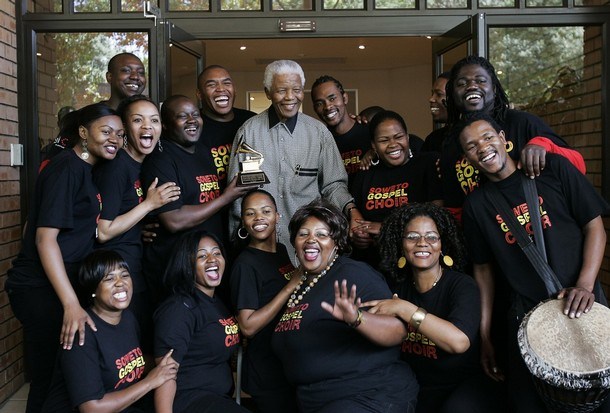
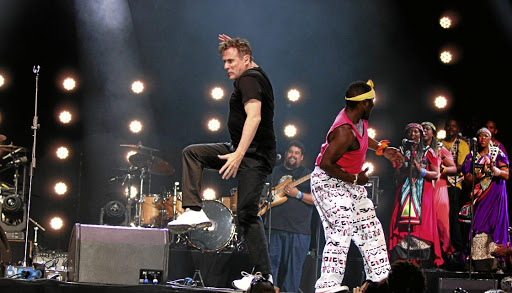
Did U know ?
Sun City, the african Las Vegas
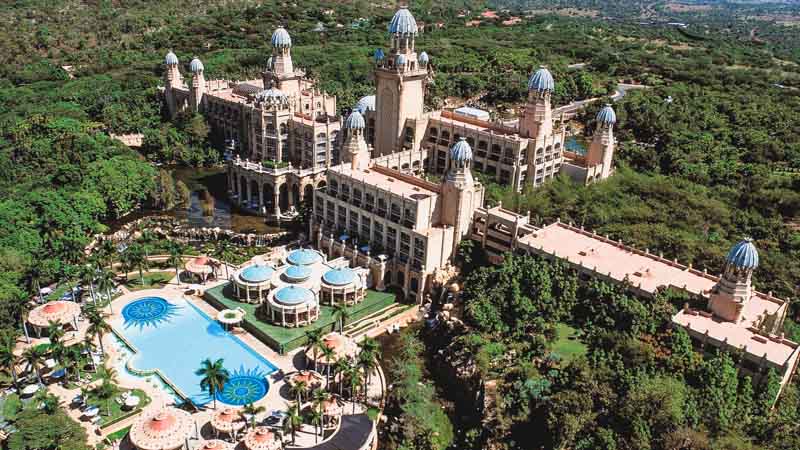
If you are looking for African authenticity you will be disappointed. Sun City is a complex of amusement parks, casinos, luxury hotels, cinemas, golf courses, a theatre, a performance hall, a fitness center and a crocodile farm. Two hours drive from Joburg.
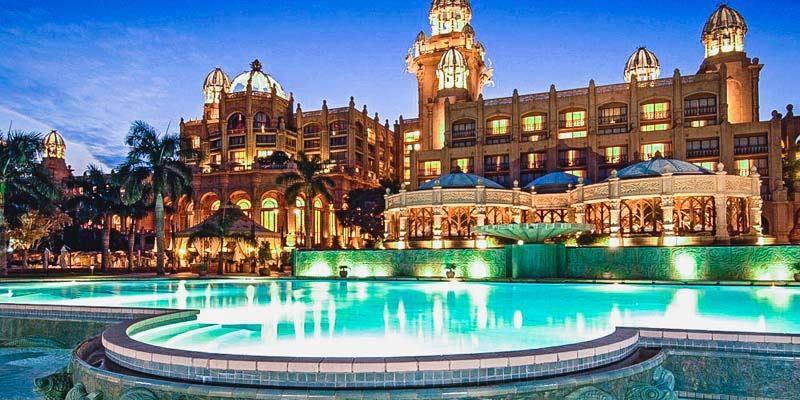
The site hosted the Miss World competition, and, with Africa’s largest concert hall, many of the world’s greatest artists* during the apartheid era, to the detriment of the cultural boycott decreed by the United Nations.
The good guys team :
Bruce Springsteen, Bono, Peter Gabriel, Bob Dylan, Ringo Starr, Lou Reed, Miles Davis, who refused to perform and participated in the album “ Artists United Against Apartheid ” which refused to perform.
The shame team :
Frank Sinatra, Ray Charles ( !!!!!), Liza Minnelli, Julio Iglesias, Cher, Rod Stewart, the Beach Boys, Elton John, Queen, and even Nana Mouskouri (did she dare to sing Song for Liberty there ?!!). (Big) Money is Money…
Of course, Johnny Clegg has always refused to perform there.
In 1985, the album United Artists Against Apartheid denounced the South African political system and Sun City. Members of the collective include Bob Dylan, Pat Benatar, Ringo Starr, Lou Reed, Run-DMC, Peter Gabriel, Bobby Womack, Bono, George Clinton, Keith Richards, Jimmy Cliff.
